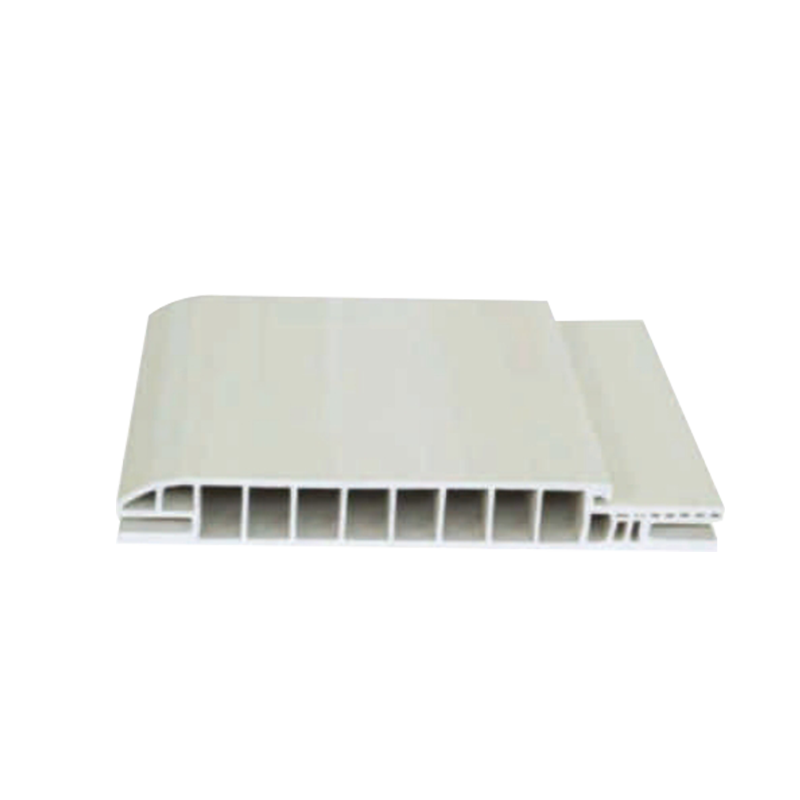The door frame is often an overlooked yet critical component of a building. Traditionally, wood has been the material of choice, but in recent years, a new contender has emerged: the WPC door frame. WPC, or Wood Plastic Composite, is a hybrid material gaining significant traction in the construction industry. This article delves into the world of WPC door frames, exploring their composition, advantages, and why they are becoming a popular alternative to traditional materials.
What Exactly Is a WPC Door Frame?
A WPC door frame is made from a blend of wood fibers or flour, thermoplastics (like PVC or polypropylene), and various additives. This unique combination results in a material that inherits the best properties of both wood and plastic. The wood component provides the natural feel and stiffness, while the plastic element offers durability and resistance to environmental factors.
Key Advantages of WPC Door Frames
The growing popularity of WPC door frames is not a coincidence; it's a direct result of their numerous benefits.
-
Exceptional Durability and Longevity: Unlike wood, WPC is highly resistant to rot, termites, and other pests. It doesn't warp, crack, or splinter when exposed to moisture, making it ideal for high-humidity environments like bathrooms and kitchens.
-
Water and Moisture Resistance: This is perhaps the most significant advantage. WPC door frames are virtually waterproof, which prevents swelling and degradation over time. This makes them a superior choice for both interior and exterior applications.
-
Low Maintenance: WPC requires minimal upkeep. It doesn't need to be painted, stained, or sealed regularly. A simple wipe-down is all that's needed to keep it clean and looking new.
-
Eco-Friendly: Many WPC products are made from recycled materials, reducing the demand for new wood and plastic. This makes the WPC door frame a more sustainable and environmentally conscious choice.
-
Excellent Aesthetics: WPC can be manufactured to mimic the look and feel of natural wood, offering the warmth and classic appeal of wood without its inherent vulnerabilities. They can also be produced in various colors and finishes to match any architectural style.
-
Easy Installation: WPC is a lightweight yet strong material, making it easier to handle and install compared to heavy wooden or steel frames. It can be worked with using standard woodworking tools, simplifying the installation process.

Applications and Considerations
The versatility of the WPC door frame allows for a wide range of applications. They are commonly used in residential and commercial buildings, especially for interior doors. Their moisture resistance makes them perfect for rooms exposed to water, such as bathrooms, laundry rooms, and basement entryways.
When considering a WPC door frame, it's important to choose a high-quality product from a reputable manufacturer to ensure it meets durability and performance standards. While the initial cost of WPC might be slightly higher than traditional wood, its long-term durability and minimal maintenance often result in a lower total cost of ownership.
The Future of Door Frames
As the building industry continues to seek more sustainable, durable, and low-maintenance materials, the WPC door frame stands out as a leading solution. Its blend of traditional aesthetics and modern performance makes it an intelligent choice for anyone building or renovating a space. The shift towards WPC isn't just a trend; it's a move towards more efficient and resilient construction.







